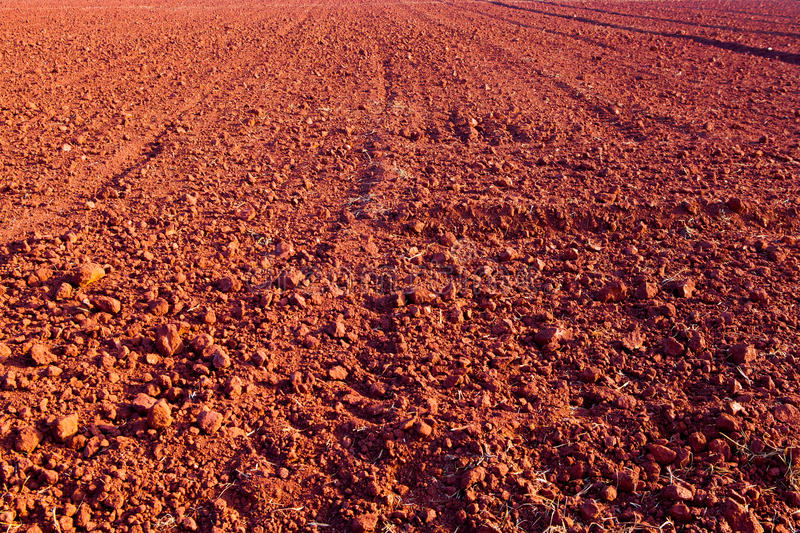Laterite is a type of rock and soil that is abundant in iron and aluminium and is typically associated with hot and humid tropical regions.
Due to its high concentration of iron oxide, most laterites have a reddish-brown appearance.
They are formed through the extensive and prolonged weathering of the parent rock beneath them.
Index
History
In 1807, Francis Buchanan-Hamilton provided the first account of a particular geological formation in southern India and gave it the name “laterite.”
This name was derived from the Latin word “later,” which means “brick,” as the soil was densely packed and solidified enough to be fashioned into block-like structures for construction purposes.
Explanation
Laterite soil is primarily found in tropical regions that experience heavy seasonal rainfall and high temperatures, due to which lime and silica gets washed away from the soil.
As a result of this wash away, the soil rich in iron pxide and aluminium formed by weathering of parent rock is left behind.
In India, Laterite soils are not very fertile and require significant amounts of manure and fertilizers to be viable.
They have a coarse texture and are deficient in nitrogen, phosphoric acid, potash, and urea.
Due to their high iron oxide content, they have a distinctive red hue colour and are suitable for growing cashew nuts and tapioca.
This soil is also utilized in India for constructing bricks. Also, with appropriate fertilizers, they can be used for cultivating various crops such as cotton, rice, wheat, pulses, tea, and coffee.

Locations
In India, laterite soils are predominantly present in various regions such as
1. Eastern Orissa
2. Maharashtra
3. South Western Ghats
4. The plains of the Malabar Coast
5. Some parts of Andhra Pradesh, Tamil Nadu, Karnataka, Meghalaya, and West Bengal.
Advantages and Disadvantages
Advantages:
- It can be used to lay roads
- With a high clay content, they have a greater capacity to retain water.
- It can also act as water purifier and can remove heavy metals.
Disadvantages:
- These soils are formed by leaching, resulting in lower levels of minerals and organic matter.
- Due to the leaching process, the soils become acidic as alkalis are removed.
- They are not very fertile.
Applications
Uses of Laterite soil are:
- Agriculture: Proper use of irrigation and fertilizers enables the cultivation of various crops such as cotton, rice, wheat, pulses, tea, and coffee.
- Building Blocks: The soil serves as a crucial source of building material due to its ability to be easily cut with a spade yet hardened like iron when exposed to air.
- Waste water treatment: Agriculture has caused a significant problem of phosphorus enrichment in lakes at some places. To address this issue, some sewage treatment facilities use a technique involving laterite, which is a type of low-grade bauxite that is high in iron and aluminum.
This method involves using an acid solution to treat the laterite, followed by precipitation, which helps to remove phosphorus and heavy metals.
FAQ’S
A reddish clayey soil that is hard when dry and makes up the topsoil in many tropical areas is called laterite (from the Latin: later, which means brick).
In India, laterite soils are predominantly present in various regions such as Eastern Orissa, Maharashtra, South Western Ghats, the plains of the Malabar Coast, and some parts of Andhra Pradesh, Tamil Nadu, Karnataka, Meghalaya, and West Bengal.
It is used for growing various crops such as cotton, rice, wheat, pulses, tea, and coffee.
Aluminum and Iron.
Related Topics
